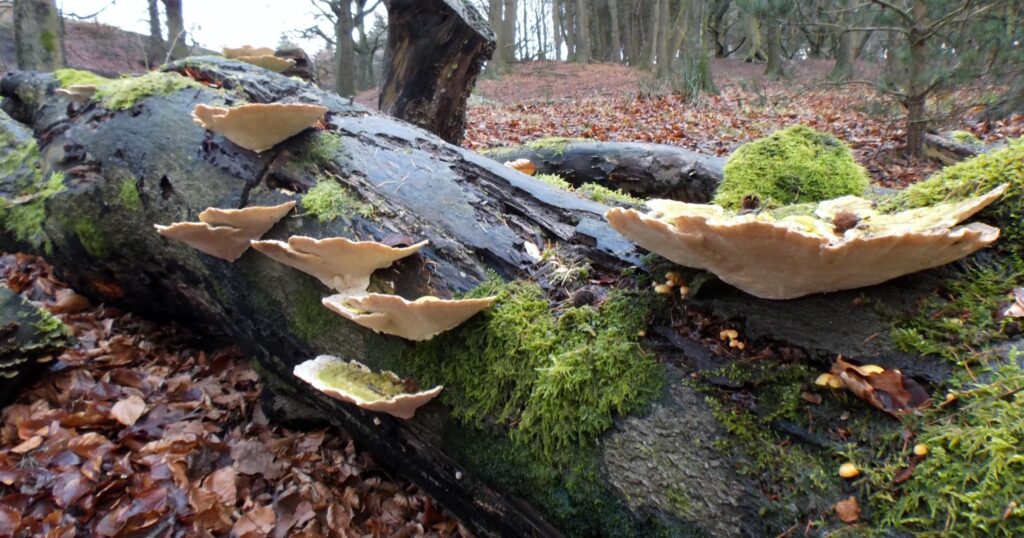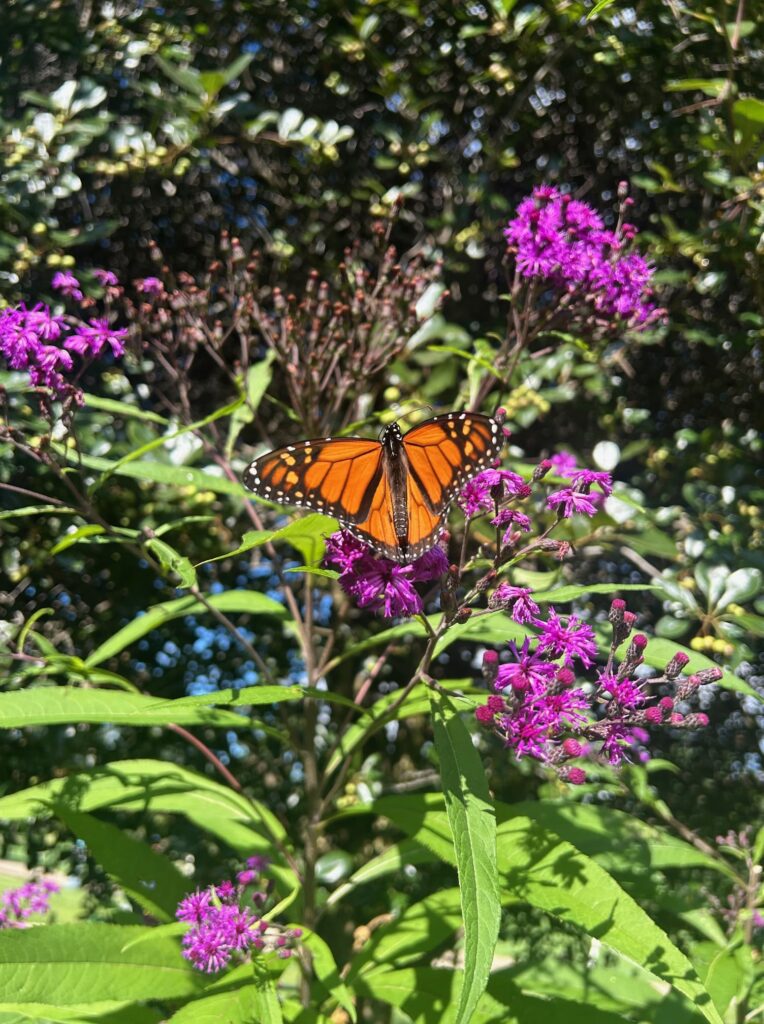The population of the African elephant (Laxadonta africana) declined from 1.2 million to 600,000 during the 1980s. It was listed in 1989 under Appendix I of CITES, thereby banning legal trade in ivory. The ivory trade ban remains controversial. Critics allege that it makes elephant conservation a less attractive activity, inadvertently promoting conversion of elephant habitat to other uses. By reducing or eliminating revenues from elephant management and exploitation, the ban undermines incentives to enforce property rights to elephants (and habitat) and manage stocks sustainably. Supporters of the trade ban argue that enforcing property rights and sustainable harvests is difficult in semi-open access habitats, and that legal trade facilitates the laundering of illegal ivory products and killing of elephants.
Zimbabwe, Namibia, Botswana, Malawi and South Africa have generally opposed the trade ban. In June 1997, CITES permitted Botswana, Namibia and Zimbabwe to sell 50 tons of stockpiled ivory on a one-time basis. In 2002, another one-off sale by Botswana, Namibia and South Africa was approved, but it took a July 2007 agreement before the sale was permitted; the agreement obliged countries to use the funds exclusively for elephant conservation and community development in areas within or adjacent to elephant range. Ivory was sold to Japanese and Chinese traders, and audited by CITES.
Two questions arise: Is an ivory trade ban effective in protecting elephants? Do ‘one-off ’ sales of ivory reverse the benefits of a trade ban by removing the stigma associated with purchasing ivory and facilitating illegal trade? Data are insufficient to provide definitive answers to these questions. Bulte and van Kooten (1996) use a theoretical model to argue that free trade is effective only if real rates of interest are low, which is not the case for most African range states. Bulte, van Kooten and Swanson (2003) demonstrate that weak institutions, lack of property rights, and general absence of rule of law militate against the use of market instruments to protect elephants. With respect to the role of one-off sales, Bulte, Damania and van Kooten (2006) use (admittedly poor) data on confiscations of ivory at borders and in range states to show that the 1999 sale did not increase illegal activity.
I combined an elephant population growth model with an economic trade model to examine the consequences of an ivory trade ban and one-off sales of ivory. The model included four separate elephant producing regions in Africa (and one global buying region), and took into account illegal poaching of elephants and stockpiling of ivory by some range state governments. Also taken into consideration was the stigma associated with purchasing banned ivory (demand for ivory shifted inwards when trade was banned) and the increased costs to poachers of marketing ivory when trade was banned. The bioeconomic model was parameterised using data on elephant populations, ivory carvers, ivory prices, and poaching and enforcement activities.
Scenario analysis indicated that, regardless of whether there was an ivory trade ban, elephant numbers would decline and, in western and central Africa, might disappear entirely. The model also demonstrates that financial incentives based on the numbers of elephants protected will avert further erosion of elephant herds. Transfer payments from those interested in protecting elephants must necessarily be paid to those who are able to protect elephants, meaning landowners, subsistence farmers or rural communities more broadly. It does not matter whether the financial incentive is the result of transfer payments from those in rich countries or a result of linking elephants to the benefits from tourists, or some combination, although steady-state populations are greatest when payments are constant per elephant. In the absence of incentives, elephants will continue to be poached, regardless of whether ivory trade is banned or not.
In conclusion, a trade ban might not be successful in maintaining elephant herds, even if it increases the costs of marketing ivory and leads to a stigma effect that reduces demand. Indeed, trade in elephant products may offer some hope for the elephant, but only if there exist effective institutions that translate in situ protection into economic values. The problem is that the elephant is similar to the bison that once roamed the Great Plains of North America. It was doomed primarily because the land was much more valuable in cattle than bison production. Likewise, elephant range in Africa is often a less valuable use of land than agriculture. If land in elephant habitat does not somehow become more competitive, elephant populations are bound to decline in the future.
References:
Bulte, E.H., R. Damania and G.C. van Kooten. 2006. Do one-off ivory sales encourage illegal elephant harvests? Journal of Wildlife Management 71:
613-618.
Bulte, E.H. and G.C. van Kooten. 1996. A note on ivory trade and elephant conservation. Environment & Development Economics 1: 433-443.
Bulte, E.H., G.C. van Kooten and T. Swanson. 2003. Economic incentives and wildlife conservation. 1-3 December. CITES, Geneva, Switzerland.
Originally published as:
van Kooten, G.C. 2008. Protecting the African elephant: A dynamic bioeconomic model of ivory trade. Biological Conservation141(8): 2012-2022.
G. Cornelis van Kooten (kooten@uvic.ca) is at the Department of Economics, University of Victoria, Victoria, Canada.





